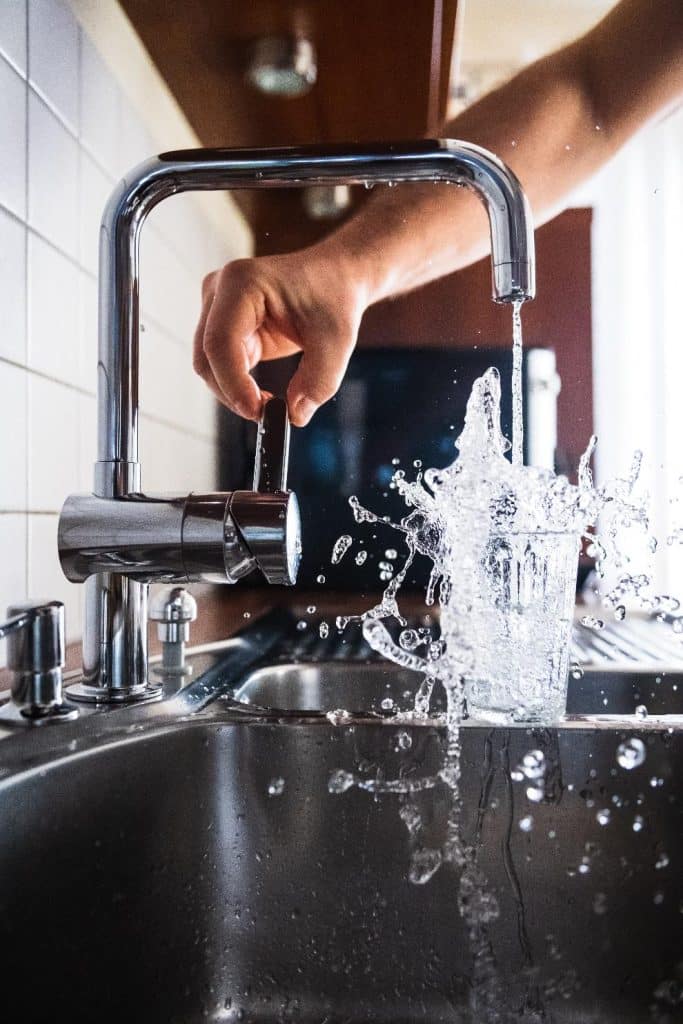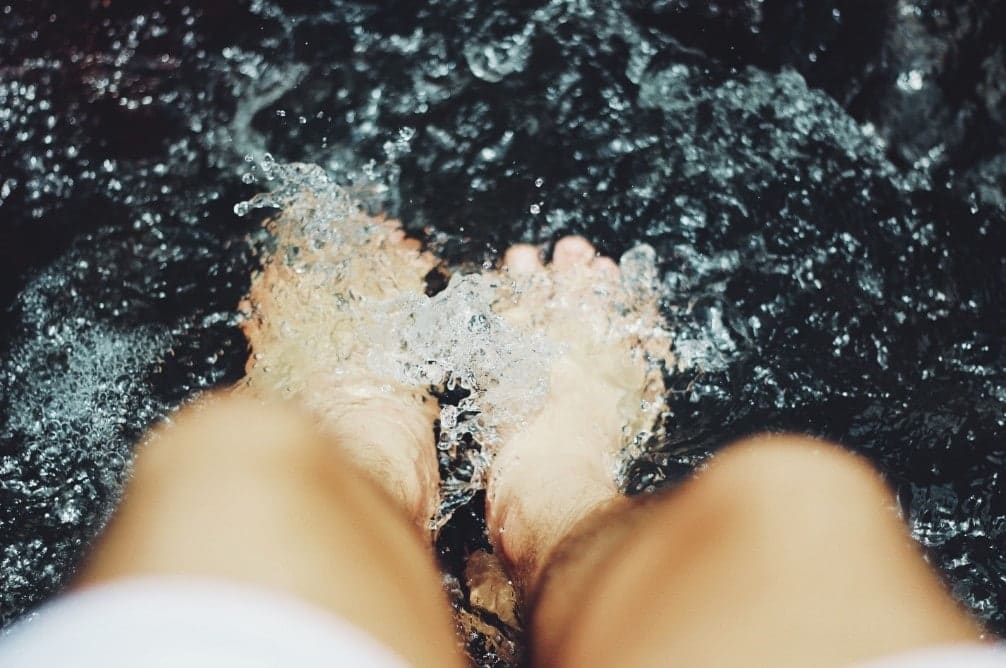Since the Flint Water Crisis, many other cities have been deemed “the next Flint” when, in fact, no city in the United States should experience unsafe drinking water.
While Congress banned the use of lead pipes in 1986, they failed to remove the service lines that were already in the ground.
Instead of removing the 10.2 million service lines, the government tried to monitor and limit lead contamination in water through the Environmental Protection Agency’s Lead and Copper Rule that was established in 1991.
When utilities hit the maximum threshold of 15 ppb of lead in their water, a limit set by the EPA, they would have to increase testing as well as implement anti-corrosion measures.
Unfortunately, as utilities attempt to avoid the cost, time, and disruption of replacing lead pipes, approximately 15 to 22 million Americans still obtain water through them.
Cities that are serving residents on lead service lines would regularly carry out “corrosion control” to reduce the amount of lead that can enter the water.
Those efforts, however, were not timely nor completely effective, so exposure continued.
Flint, the face of America’s lead crisis, was once a booming auto city.
The birthplace of General Motors, the city was once home to 200,000 people; however, due to the increasing cost of oil and auto imports, auto plants went out of business and workers were laid-off.
The city’s population dwindled to 100,000, with 45 percent of them living below the poverty line.
As the city struggled with an insurmountable debt, Rick Snyder, former Michigan Governor, appointed an emergency manager to oversee and reduce spending.
Attempting to cut costs, the city declared that a new pipeline be constructed to deliver water from Lake Huron to Flint, but residents would temporarily receive water from the Flint River as the pipeline was being built.
Flowing through the city center, the river not only received raw sewage from Flint’s waste treatment plant, but it was also known as the unofficial waste disposal site for the various local industries that were set up along its shores.
As a result, it was no surprise that the water was very corrosive.
Failing to be treated, the water began eroding the service pipes, which caused foul odor, nasty taste, and brown-colored water.
For years, residents of Flint were terrified of cooking with, drinking, and showering in their water.
Initially denying that Newark, New Jersey was facing a lead crisis, officials were forced to face the facts when a group of children under the age of 6 had their blood tested, and they discovered significant levels of lead in their blood.
Since 2012, the pH in Newark’s water had steadily declined. Due to the increased acidity, water became more corrosive; therefore, destroying the protective layer meant to stop lead from entering the water.
In 2017, of the drinking-water samples tested, more than 1/5 of them had exceeded the federal lead limit.
A city-wide water test showed that more than 10 percent of homes in Newark were receiving contaminated water.
Eighteen months later, residents finally received water filters, but were once again disappointed when the EPA declared that the filters failed to reduce lead levels.
It is no wonder that Americans have grown increasingly concerned about their water quality and the contaminants lurking in them.
Ideally, there should not be any lead in our water.
The American Academy of Pediatrics advises a maximum limit of 1 ppb of lead for water that children consume in school.
Exposure to minute levels of lead could lead to serious, irreversible health consequences, and pregnant women, babies, and children are especially vulnerable to the toxin.
Lead exposure could hinder the development of the brain and central nervous system, as well as cause nerve, kidney, and cardiovascular illnesses.
By installing our Kinetico K5 Drinking Water Station, you and your family can now enjoy up to 40 gallons of the best-tasting, highest quality, purified drinking water available.
To provide you with safe drinking water, our units include an auxiliary filter that removes
volatile organic compounds (VOC) and is certified to remove 99.999% of contaminants in your water—more than any other residential drinking water system on the market.
The K5 unit is customizable to your water treatment needs, so if arsenic or viruses are a particular concern for you, we have filters to remove these contaminants from your water.
If you are interested in learning more about our Kinetico K5 reverse osmosis drinking water system, sign up for a
FREE onsite water consultation, or give us a call at 408 371 5521 NOW!
Sources Cited:
CNN Editorial Research, “Flint Water Crisis Fast Facts,” CNN, 2020,
https://www.cnn.com/2016/03/04/us/flint-water-crisis-fast-facts/index.html
Lauren Rosenthal and Will Craft, “Buried Lead,” APM Reports, 2020, https://www.apmreports.org/story/2020/05/04/epa-lead-pipes-drinking-water#:~:text=How%20the%20EPA%20has%20left%20Americans%20exposed%20to%20lead%20in%20drinking%20water,-STORY%3A%20Lauren%20Rosenthal&text=Millions%20of%20people%20still%20get%20water%20through%20lead%20pipes.&text=A%20new%20data%20analysis%20by,than%20government%20monitoring%20has%20revealed
Melissa Denchak, “Flint Water Crisis: Everything You Need to Know,” NRDC, 2018,
https://www.nrdc.org/stories/flint-water-crisis-everything-you-need-know
Molly Enking, “The Next Flint, and America’s Problem With Lead in its Water,” Grist, 2019,
https://grist.org/article/the-next-flint-and-americas-problem-with-lead-in-its-water/
Olga Khazan, “The Trouble With America’s Water,” The Atlantic, 2019,
https://www.theatlantic.com/health/archive/2019/09/millions-american-homes-have-lead-water/597826/
Rachel Layne, “Lead In America’s Water Systems is a national problem,” CBS News, 2018,
https://www.cbsnews.com/news/lead-in-americas-water-systems-is-a-national-problem/
Karen Yi, “City’s fix of one water problem likely created another. This one’s got a $75M price tag.” NJ.com, 2018,
https://www.nj.com/essex/2018/11/draft_corrosion_control_study.html 


